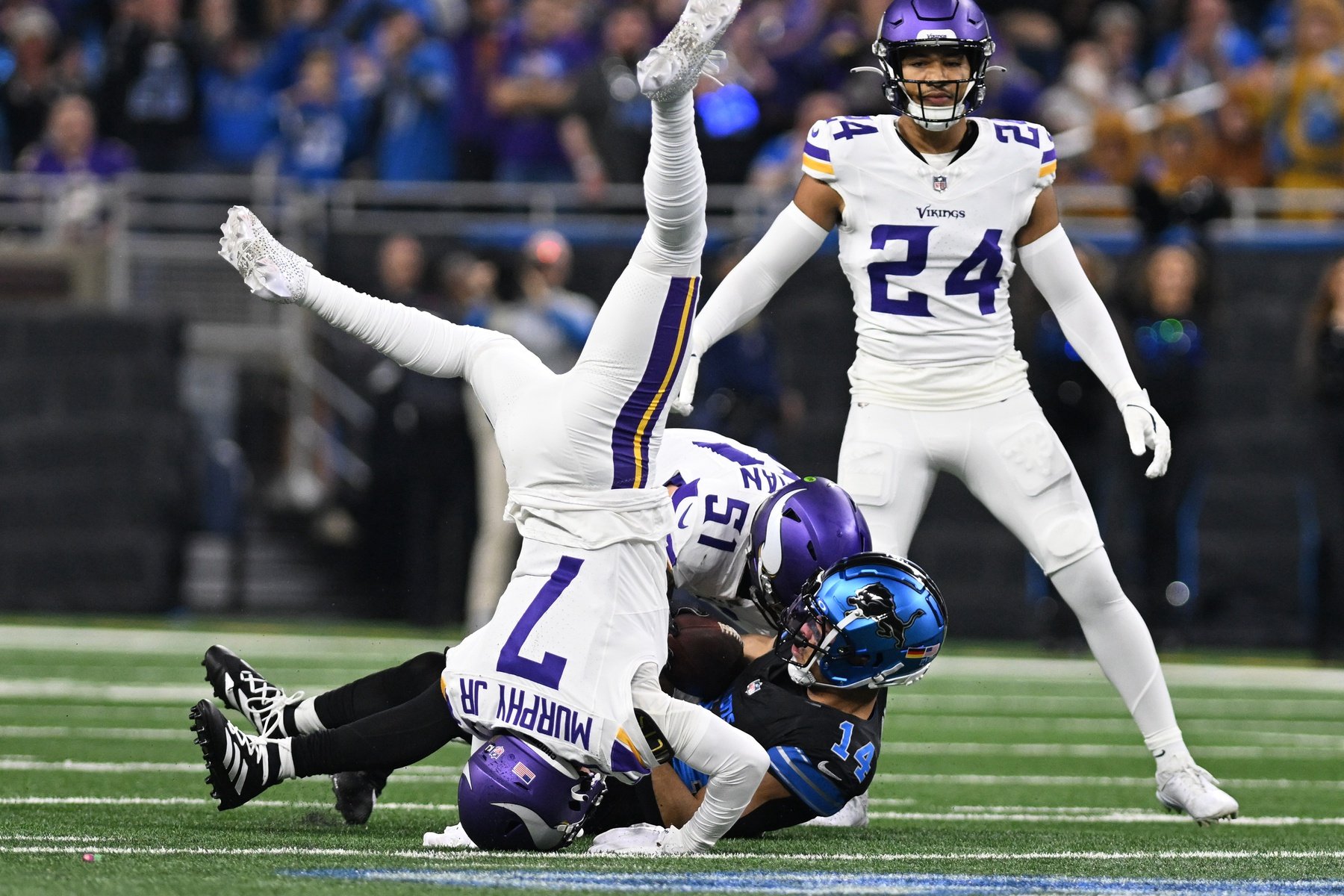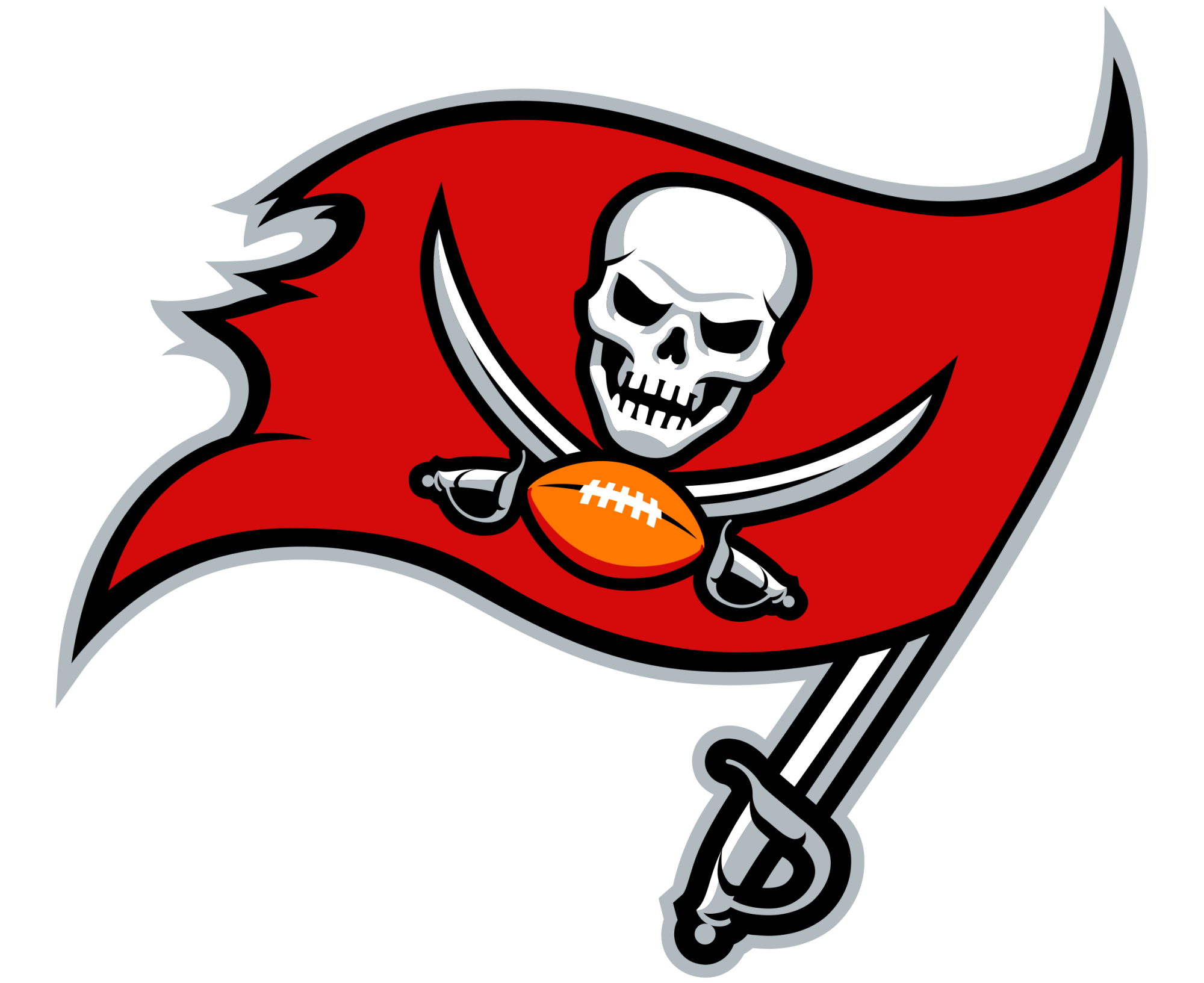The Vikings Are Preparing For Salary Cap Gymnastics This Offseason

Credit: Lon Horwedel-Imagn Images
The NFL scouting combine begins next week, which is an opportunity for executives to have a “meeting of the minds” with agents ahead of the upcoming free agency period. Technically, any discussions before the free agency negotiation period (which starts on March 10, two days prior to the start of the new league year) are considered tampering under NFL rules. But that hasn’t stopped teams and player representatives from (wink, wink) gauging and facilitating interest.
Kwesi Adofo-Mensah and the Minnesota Vikings front office will have their hands full in planning their strategic and tactical decisions ahead of the offseason. Their goal is to replenish a roster that was the oldest in the league last season by snap-weighted age (28.3 years), partially due to a lack of draft success.
The Vikings’ cap management has been proficient in recent years, with the team having $61.1 million in cap space going into the offseason, according to Spotrac. As much as that is, it’s not enough to make impactful signings to fill the 22 vacant roster spots. Minnesota has an average of $2.78 million per empty roster spot, which isn’t realistic for what will be a competitive marketplace.
Therefore, what actions can the Vikings take to free up more cap space?
Simple Restructures
Restructures are often a win-win for players and management, as the players get guaranteed money in a lump-sum signing bonus. From a salary cap perspective, it allows a team to spread out the signing bonus with the cap hit being prorated over the life of the contract, to a maximum of five years.
Brian O’Neill is a logical candidate for this, as he is 30 years old with two years left on his contract with no guaranteed money left. His $17.4 million base salary for the 2025 season could be fully converted into a signing bonus that would guarantee his salary as a lump sum for this season. Doing this would save an additional $8.7 million on this year’s salary cap, since there are two years left on the current deal ($17.4 million / 2 years = $8.7 million).
The structure is “simple” in that the team doesn’t need player approval, since it is an upfront guaranteed lump sum paid to the player as a signing bonus. The caveat is that this would push the other half of the $8.7 million into next year’s salary cap, giving the Vikings less flexibility in 2026.
Safety Josh Metellus and tight end Josh Oliver may be in line for contract extensions, which will most likely be structured with significant prorated signing bonuses that add more years and money for later while creating more salary cap space this offseason.
Maximum Restructures or Void Years
Unlike simple restructures, a maximum restructure requires player approval, as “void” years are added on the backend of the contract. It is a renegotiation of the contract, technically considered an “extension” that allows the team to add contract (void) years that the player will never physically play. It’s yet another accounting tool designed to free up present-value salary cap space.
For example, the Vikings signed edge rusher Marcus Davenport to a one-year $13 million dollar deal in 2023 that included a $6.2 million cap hit and $1.7 million in void years the following four seasons, set to last until 2027. The void date was re-negotiated to create $6.8 million in dead money lumped into their 2024 cap hit instead of keeping the additional void years for a player no longer on the roster.
Update: The Vikings re-negotiated the void date on Marcus Davenport's deal this weekend. It now matches the expiration date for the deals of Kirk Cousins and Danielle Hunter (3/13). A little more time to see if there is any common ground. Davenport's deal will NOT void today. https://t.co/Bfws6x7Sb4
— Kevin Seifert (@SeifertESPN) February 19, 2024
These restructurings are not a well that teams want to draw from often, but it is an option, even if it ultimately has the downside of limiting cap flexibility in the future. If Minnesota adds two void years to Jonathan Greenard’s contract, it could create $14.3 million in cap space this offseason, but once again, that just kicks the can down the road. Kirk Cousins’ contracts are a prime example of how this game eventually comes back to bite teams, with the Vikings getting stuck with a $28.5 million cap hit in 2024, despite him not playing on the team.
Releasing Players
Current players like Ed Ingram ($3.3 million), Garrett Bradbury ($3.6 million), C.J. Ham ($2.7 million) are candidates to be released. Each of them is in the last year of their deals, and those three moves would save an additional $9.6 million, at the cost of creating $3.6 million of dead money and creating three additional roster spots to fill. Still, it’d come out to a net cap savings of $6 million, which is nothing to sneeze at.
Resigning players like Jihad Ward, Jerry Tillery, Kamu Grugier-Hill, Trent Sherfield, Shaq Griffin, Brandon Powell, Cam Akers, and Nick Mullens might not be sexy, but they are solid depth players who can cheaply fill roster spots and save cap space for some impact signings. These eight players may only take $15-$20 million against the cap, leaving more buffer for splash signings.
Looking at the overall picture, signing Sam Darnold to any extension or franchise tag (unless there is a trade) just doesn’t make sense, as he will command too much of the salary cap (~$40 million/year) to allocate money elsewhere. Especially with so many roster spots to fill and J.J. McCarthy presumably healthy to take the reins.
The goal will be a combination of simple restructures and diversifying contracts to maintain cap flexibility and contract lengths to limit the sheer number of free agents in one offseason. Trading down in the draft can also help the Vikings accumulate picks to fill roster spots with rookie-scale contract players.
According to Over The Cap, the Vikings could create $123.9 million in salary cap space if they push their simple restructure capabilities to the limit, but the opportunity cost would be salary cap limitations down the road. Ask the New Orleans Saints, who are $59.5 million over the cap in a league that requires them to be under by March 12, how that goes.
Kwesi and resident cap expert, Rob Brzezinski, will have their hands full this offseason with how they juggle the books to bring in the kind of talent required to maximize McCarthy’s rookie scale contract. But with every cap action having a future reaction, they’ll need to be careful to balance today’s needs with the future.
Up Next





